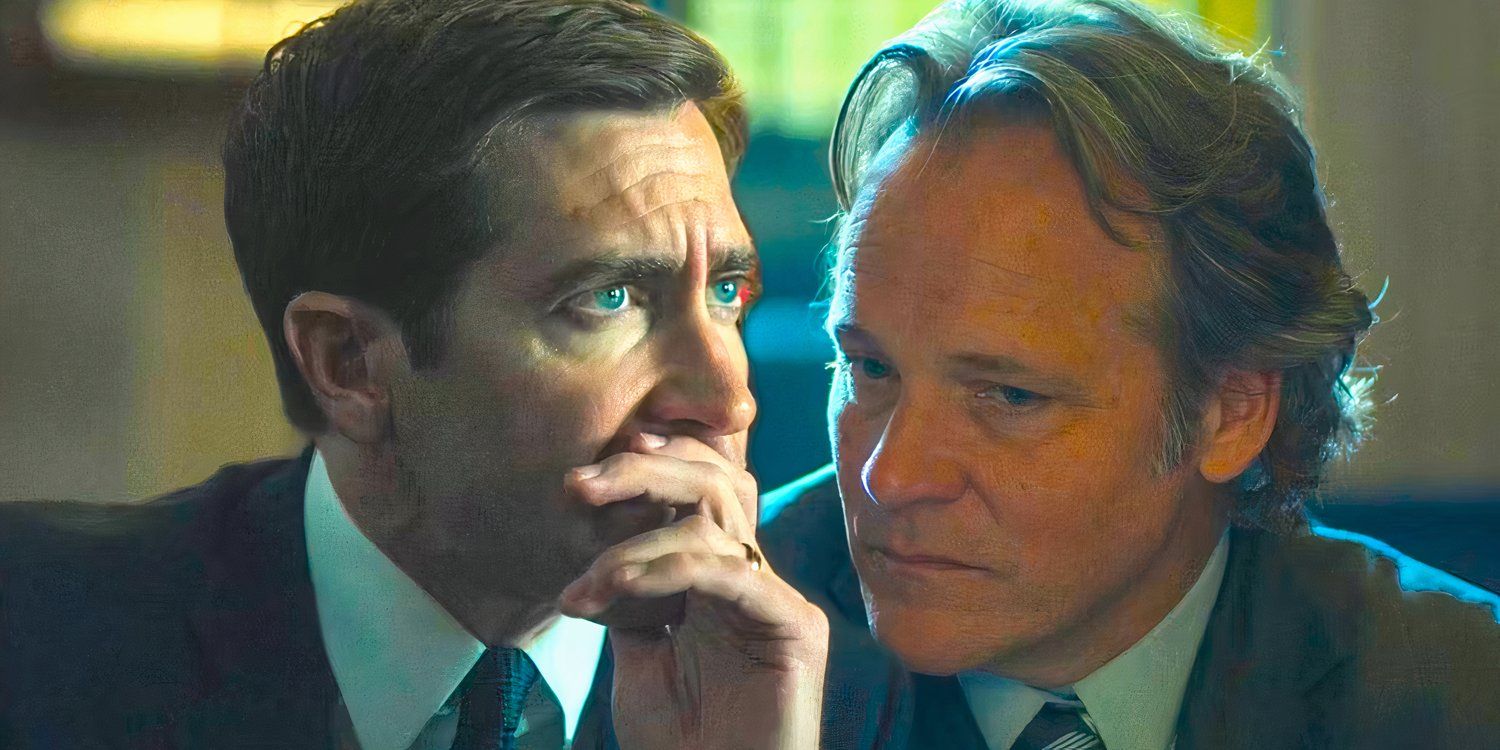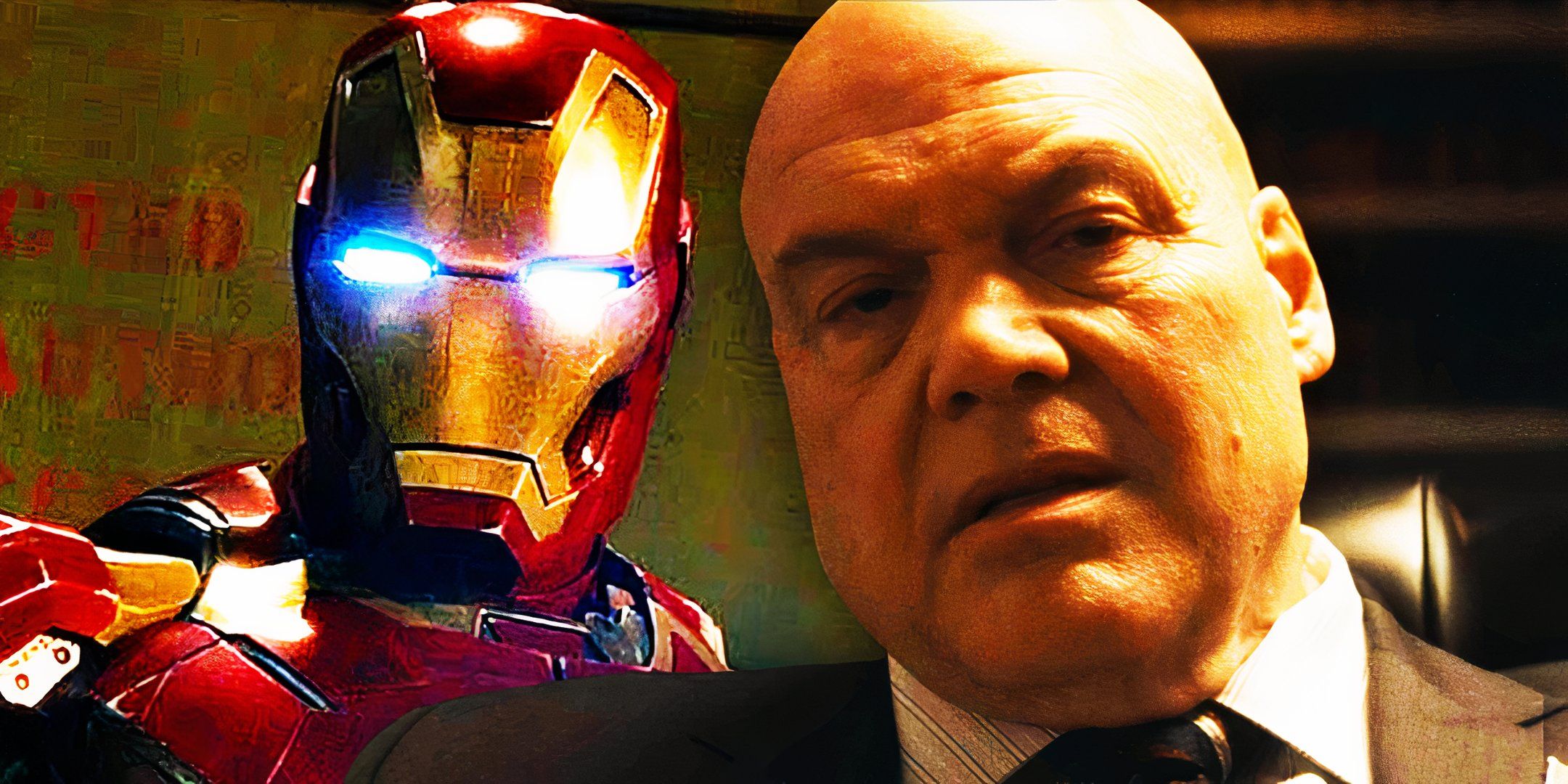Presumed Innocent's Intense Courtroom Fight Between Rusty & Tommy Explained By Director
This article covers a developing story. Continue to check back with us as we will be adding more information as it becomes available.
Warning: MAJOR SPOILERS ahead for Presumed Innocent episode 7!
Summary Director Greg Yaitanes drew inspiration from films like JFK for the intense courtroom scene between Rusty and Tommy in Presumed Innocent episode 7.
The focus was on giving the courtroom energy to avoid any tedium despite the scene consisting of questioning and testimony.
Using single-camera shots enhanced Gyllenhaal's performance in key scenes, an important factor to making the episode stand out.
Presumed Innocent director Greg Yaitanes has explained the intense courtroom battle between Rusty and Tommy in episode 7, revealing more details about the scene's production. Presumed Innocent episode 7 sees Rusty take the stand for the first time, with a mental battle going on between him and Tommy as he leads his own defense while testifying. The scene in question ends up being a high-octane battle of the minds between the pair, with the prosecuting lawyer ultimately coming out on top.
Speaking with Variety, Yaitanes, who directed Presumed Innocent episode 7, explained the process behind Rusty and Tommy's intense courtroom battle. The director revealed how movies like Oliver Stone's JFK were important inspirations, and how the presentation works with the performances in the key scene. Check out what Yaitanes had to say about the pair's battle below:
The cinematic references I was looking at were “JFK,” because Oliver Stone did such a beautiful job in that 45-minute courtroom scene with Kevin Costner. Throughout these courtroom scenes, the passage of these proceedings can be very tedious. So I wanted to give court this kind of life and energy, and I love the more kinetic editing and the flash cuts away that take us out of the courtroom to either get an interpretation of what we are seeing or actually what happened. I think destabilizing Rusty was also important. The other references were “Compulsion” by Orson Welles and, of course “The Verdict,” where you had Paul Newman to trust — so not cutting away, and being able to stay with the character. With Peter [Sarsgaard] and Jake [Gyllenhaal], I think my choices were to trust them, and also to not miss the emotional core by trying to get too technical with any kind of move. I found that Jake works best when there is a single camera to act to, and that is something he really taught me. I saw that when he knows what camera he is acting to, how much his performance can shift gears. So, I was very cautious to use multiple cameras in the courtroom, but not three cameras on him. I would shoot Tommy and Rusty at the same time. I didn’t want to interrupt their eye-line, because the connection of their performances is what matters.
More to come...
Source: Variety











COMMENTS